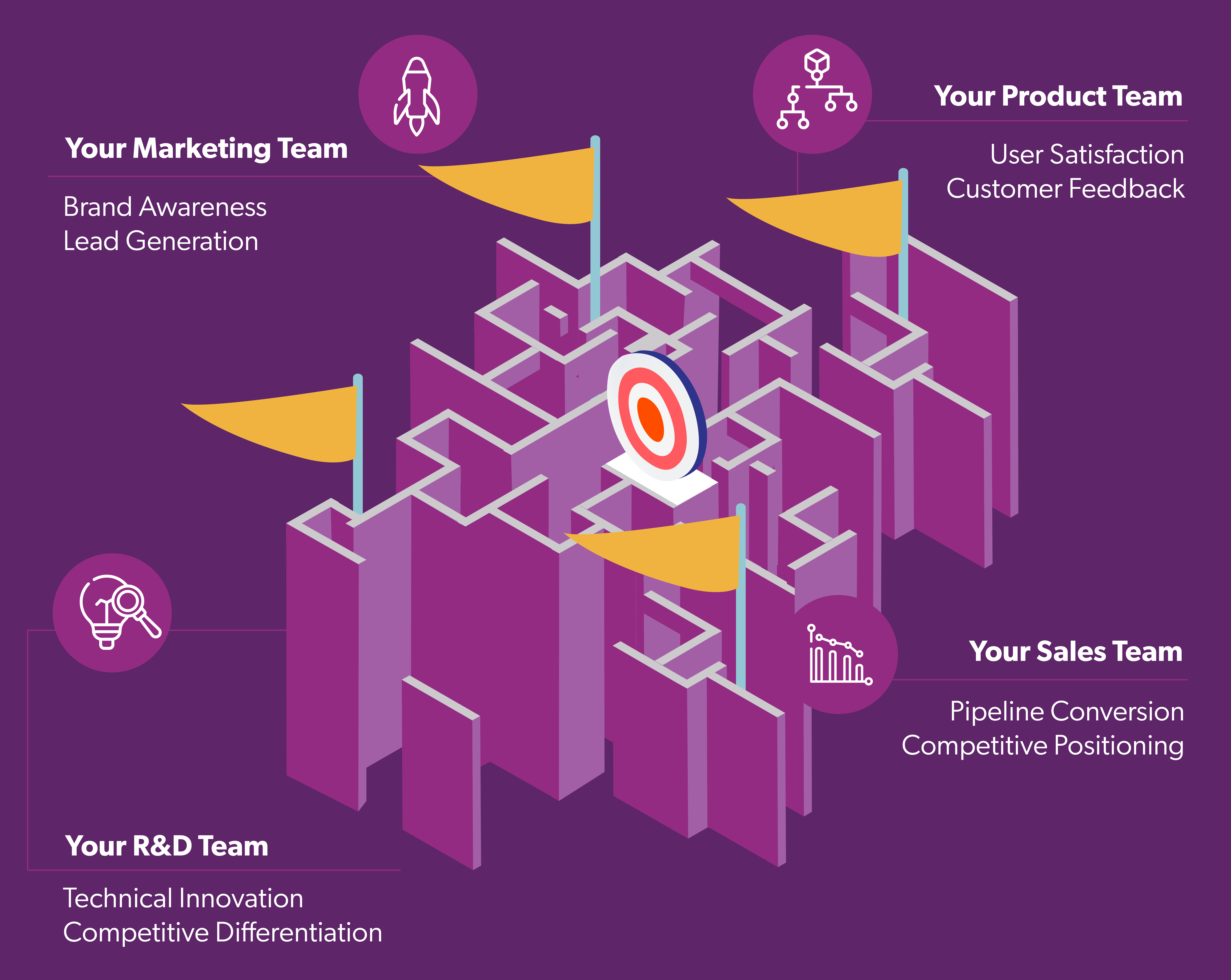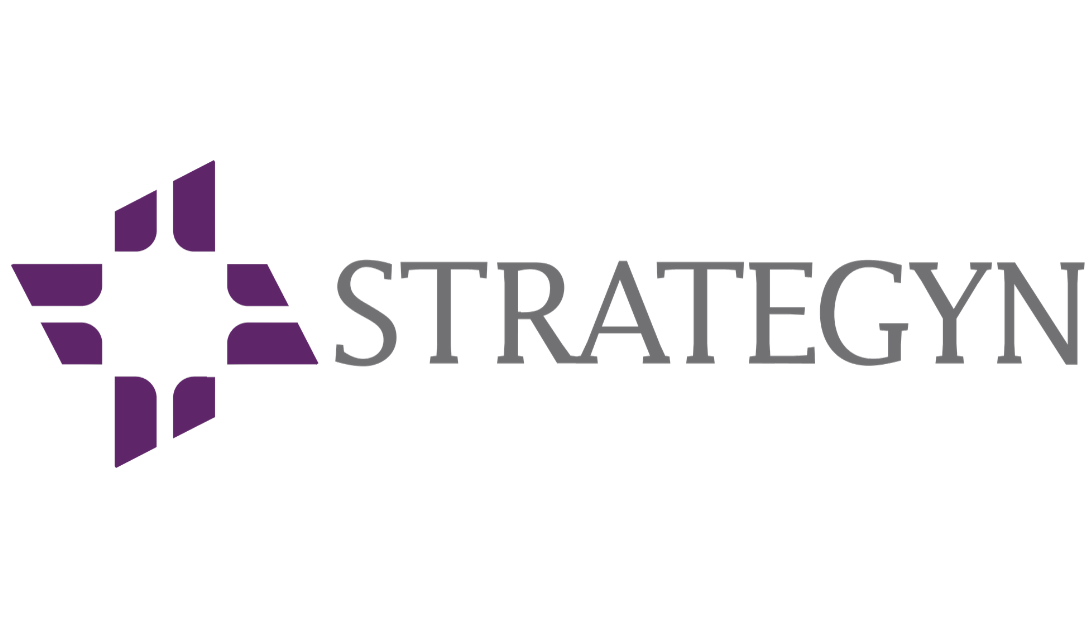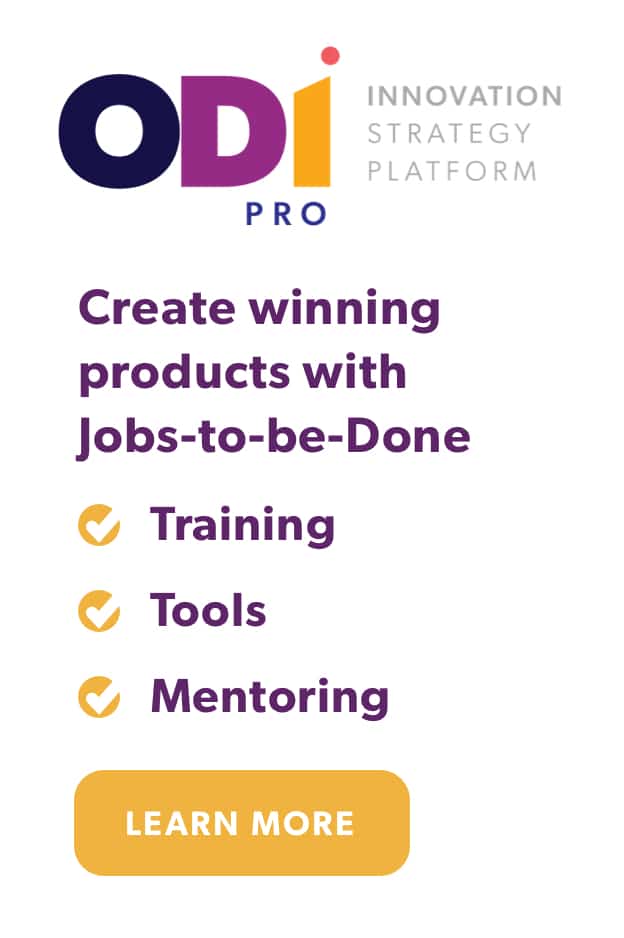Even with great products and smart teams, growth stalls.
You’ve invested in market research, hired top talent, and developed what should be a winning strategy. Yet quarter after quarter, the results fall short of projections. The frustration is palpable in boardrooms across enterprises: “We know what needs to be done, so why isn’t it happening?”
The answer isn’t in your strategy design—it’s in your execution alignment.
The Misalignment Tax Hidden in Your Growth Strategy
Here’s a sobering statistic: 67% of well-formulated strategies fail due to poor execution, according to Harvard Business Review research. But here’s what most executives miss—the failure isn’t about work ethic or capability.
Your teams are working harder than ever. The problem is they’re optimizing for fundamentally different assumptions about what drives growth.
Consider what’s happening in your organization right now:

Your Marketing team is optimizing for brand awareness and lead generation, using demographic data and market trends to guide campaign decisions.
Your Product team is optimizing for feature adoption and user satisfaction, relying on usage analytics and customer feedback to prioritize development.
Your Sales team is optimizing for deal velocity and pipeline conversion, focusing on prospect objections and competitive positioning.
Your R&D team is optimizing for technical innovation and competitive differentiation, driven by technological capabilities and industry benchmarks.
Each team believes they understand what customers need. Each has data to support their approach. Each is making rational decisions based on their perspective of market reality.
And each is inadvertently undermining your growth strategy.
How Smart Teams Sabotage Your Growth Strategy (Without Knowing It)
Your growth strategy assumes coordinated execution. It’s built on the premise that when Marketing generates awareness, Product delivers compelling value, Sales converts interest into revenue, and R&D maintains competitive advantage, the result is accelerated growth.
This assumption breaks down when each team operates from a different understanding of customer needs.
Marketing creates campaigns based on demographic insights, attracting prospects who fit a certain profile. But when these prospects engage with your product, they encounter features designed around usage analytics rather than the needs that initially drew them to your solution. Sales conversations focus on addressing objections that may not align with either the marketing message or product capabilities. Meanwhile, R&D develops innovations based on technical possibilities rather than market pull.
The result? A customer experience that feels disjointed, a value proposition that seems unclear, and a growth engine that underperforms despite each component working hard.
The Single Source of Truth That Aligns Every Team
Leading enterprises are solving this challenge by establishing what we call a “single source of customer truth”—a unified understanding of the customer that aligns every team around the same growth drivers.
This isn’t about better communication or more meetings. It’s about fundamentally changing how your organization understands and responds to customer needs. Instead of each team optimizing for their own version of customer success, all teams optimize for the same quantified customer outcomes.
When Marketing, Product, Sales, and R&D all work from the same customer playbook, something remarkable happens: your growth strategy doesn’t just get executed—it gets amplified. Teams stop working at cross-purposes and start working in concert.
Why Aligned Organizations Grow 58% Faster
Organizations that achieve this level of customer-driven alignment see dramatic improvements in growth performance. Highly aligned organizations grow revenue 58% faster and are 72% more profitable than their misaligned counterparts, according to research from LSA Global studying 410 companies.
The mechanism is straightforward: when every team understands exactly what customers are trying to achieve, they can optimize their efforts to help customers achieve those outcomes more effectively. Marketing attracts the right prospects, Product delivers genuine value, Sales addresses real needs, and R&D innovates in directions that matter.
This customer-driven coordination approach has demonstrated an 86% success rate compared to the industry average of 17%—a difference that transforms not just individual initiatives but entire organizational growth trajectories.
Transform Your Growth Execution in 90 Days
The solution to your growth strategy execution challenge isn’t more strategy refinement or harder work from your teams. It’s organizational alignment around a shared understanding of customer needs.
This requires moving beyond traditional market research approaches that fragment customer insights across different teams and methodologies. Instead, you need a systematic approach to capturing, organizing, and prioritizing customer needs in a way that creates coordination rather than confusion.
Outcome-Driven Innovation (ODI) provides exactly this systematic approach. Unlike traditional research methods that create different interpretations across teams, ODI establishes a single, quantified framework of customer needs that every team can rally around. When Marketing, Product, Sales, and R&D all optimize for the same customer outcomes, organizational alignment happens naturally.
Leading enterprises are already implementing ODI to bridge the gap between strategy formulation and execution success. The methodology’s 86% success rate demonstrates what’s possible when teams work from the same customer playbook rather than competing interpretations of market reality.
Ready to create your single source of strategic truth? Join 500+ enterprise executives who are using Outcome-Driven Innovation to align their organizations around what customers actually need. Discover how ODI’s proven methodology delivers 86% success rates by transforming fragmented teams into coordinated growth engines.
[Learn About ODI for Organizational Alignment →]
Sources & Citations
- Harvard Business Review – “Executives Fail to Execute Strategy Because They’re Too Internally Focused” (2017) – 67% of well-formulated strategies fail due to poor execution
- MIT Sloan Management Review – “No One Knows Your Strategy — Not Even Your Top Leaders” (2018) – Only 28% of executives can list their company’s strategic priorities
- Gartner Research (September 2019) – “Product launch coordination study” – 45% of product launches delayed by coordination issues
- LSA Global Research – “Organizational Alignment Research Model” (Study of 410 companies) – Aligned organizations grow revenue 58% faster and are 72% more profitable
- Strategyn ODI Methodology Research – “Innovation success rate analysis” – 86% success rate compared to 17% industry average




